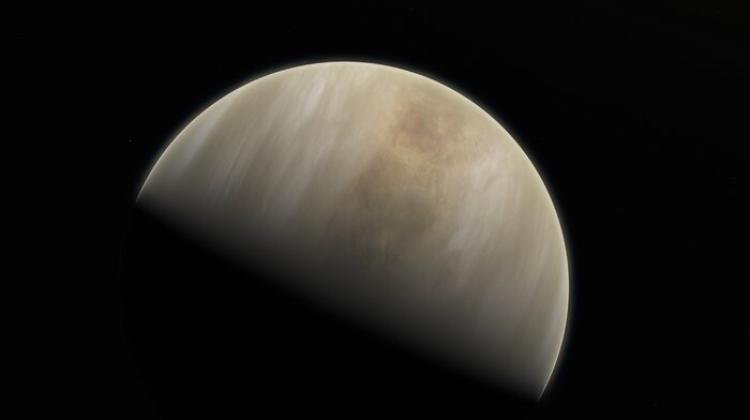See Venus against the Pleiades
 Photo: Fotolia
Photo: Fotolia
A spectacular show in the sky awaits us in the next few days when the planet Venus will be visible in conjunction with a cluster of stars called the Pleiades.
Estimated to be 100 million years old and 444 light years away from planet Earth, the Pleiades take their name from Greek mythology, according to which they were nymphs.
The star cluster, which is also known as M45 and the Seven Sisters, will appear as the planet Venus sets in the west at around 11pm.
The Pleiades are sometimes confused with the Little Dipper because they form a similar pattern. However, the Little Dipper extends over a fairly large area in the sky, while the Pleiades are focused in a small fragment. It is now very easy to find the Pleiades in the sky: over the next few days it will be a group of stars very close to Venus.
Venus is closest to the bright stars in the Pleiades on Friday evening, April 3. On Saturday you can see that it has passed the Pleiades, and then that it has already moved a bit away from them.
Venus and the Pleiades conjunctions are not uncommon. Sometimes the objects are a little closer to each other, sometimes a little further away, and every 8 years the planet passes directly against the background of the cluster.
Venus the second planet from the Sun in the Solar System. The Pleiades are an open cluster of stars, i.e. a cluster of stars formed from one molecular cloud and of similar age. Our galaxy has over 1,000 open clusters.
Venus shines so brightly in the evening sky that astronomers often receive questions about the object (whether it is a UFO or a geostationary satellite). Another common question in recent days concern star-like points moving in a line; these are Starlink satellites sent into orbit by Elon Musk's SpaceX. (PAP)
cza/ agt/ kap/
tr. RL
Przed dodaniem komentarza prosimy o zapoznanie z Regulaminem forum serwisu Nauka w Polsce.

















